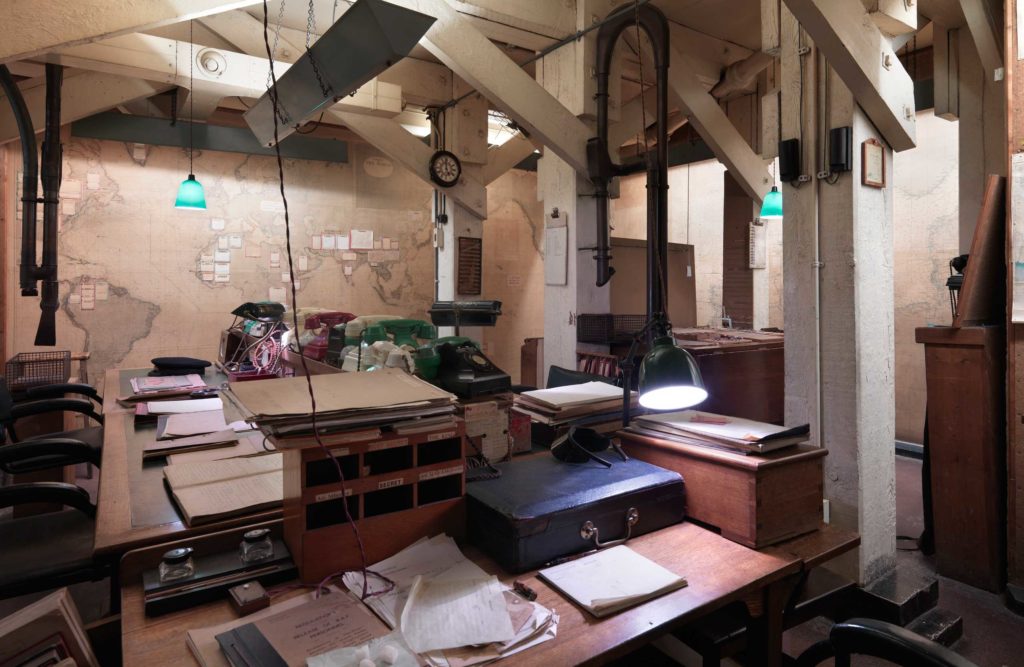Tag: curating oral history
OHC Director’s Column – January 2020
From the OHC Director:
The staff of the Oral History Center wishes everyone a happy and productive 2020!
After a long winter’s rest for the Berkeley band of oral historians, this year has jumped off to a running — and even wild — start.
For one, we have begun the unveiling of our lengthy life history interview with four-term California Governor Jerry Brown. Done in partnership with KQED Public Media, this oral history also serves as the first interview conducted for the relaunched California State Government Oral History Project, a project of the Secretary of State. Read more about the interview background and context — or the interview itself. Here’s the page that serves as clearing house for all information about and coverage of this important oral history
We are in the final phases of preparing a number of new interviews for release in the coming weeks and months, including new releases for our projects with: the Sierra Club, the East Bay Regional Park District, the Presidio Trust, San Francisco Opera, the founders of Chicano/a Studies, and the Getty Trust African American Artist project.
Along with our usual oral history work, we are preparing for our annual Introductory Workshop (Leap Day! February 29th) and Advanced Summer Institute (August 10–14). Applications for the Introductory Workshop and Advanced Institute are both now open.
Come back in February for a more substantive column from your’s truly. Until then, back to that reservoir of unread emails!
Martin Meeker, Oral History Center Director
Curating Oral History in a Museum Setting
by Amanda Tewes

A few years back, I visited the Churchill War Rooms in London, the underground bunker near the Houses of Parliament from which Winston Churchill and his advisers directed British military efforts during World War II. My fellow museum goers and I followed the labyrinth of offices and bunkrooms – including Churchill’s personal quarters – to get a taste of what wartime life was like for Churchill, the war cabinet, and staff in this cramped space with no access to sunlight. These underground rooms were important to the security of the prime minister and his cabinet, as Nazi planes regularly rained down bombs on London during the war. While the physical layout of the Churchill War Rooms tells a compelling story about the difficult business of war, it is the many accompanying oral histories that provide texture to the subterranean world. For instance, former employees recalled feeling claustrophobic working so far underground, especially during air raids, while others spoke about taking their turn at the sunlamps that fought against Vitamin D deficiency. Hearing these personal stories in the space where these narrators lived and worked makes the museum about people and not solely wartime strategy.
Indeed, featuring oral histories in exhibits large and small makes big history personal. And sharing these stories in partnership with museums provides greater accessibility to collections for archives with limited public interaction. However, introducing oral histories into museum galleries raises a new set of challenges for both curators and oral historians.
One of these challenges is that of spacial design. How should the public engage with this oral history content: through a touch-screen video monitor, an audio-only listening station, or block quotes on the wall? In galleries where visitors expect to briefly browse images and short labels on the wall, how can curators entice them to stand still and watch/listen to several minutes of content? Curators may have to introduce oral histories at the earliest exhibition planning stages in order to best incorporate them into the space and the larger story.
Curators must also grapple with how to use oral history to question official narratives about a subject or event. Should these personal recollections compliment the exhibit’s narrative or challenge it? Further, sometimes oral history is the only way marginalized communities gain representation and historical acknowledgement in museum spaces. Therefore, what can curators do to not just feature oral histories, but also privilege the stories they reveal, particularly if these narratives do not exist in the museum’s artifact or image collections?
Finally, what is the responsibility of oral historians in developing content for museum exhibitions? Knowing that an oral history might become part of a museum exhibit, how should interviewers reframe these conversations? If museums need fresh content to tell their historical narratives, this provides opportunities for curators and oral historians to collaborate on projects that reveal new information or unique points of view.
Oral history practitioners should be asking not only what museums discuss, but also how they display it, and how oral history can affect these narratives. As an oral historian who formerly worked in a museum setting, these ideas were always on my mind when I pitched oral history content to curators. In our Summer Institute this August, I will be discussing these questions and conflicts with seasoned curators Erendina Delgadillo of the Oakland Museum of California; Christine Shook of the Wells Fargo Family History Center; and Margie Brown-Coronel of California State University, Fullerton. I look forward to exploring some of these questions with them and how they approach curating oral history. If you curate oral history or work in a museum setting, we’d love to hear how you think about these issues!
atewes@berkeley.edu